If you judged these things solely by press headlines, you would assume that the pope was about to face a lynch mob of jeering Protestants and vengeful atheists. Most Britons, we are told, are disgusted at the thought of spending a single pound on the visit, while various bigwigs from the arts and sciences have written a scornful open letter to “Pope Ratzinger”, attacking Vatican teachings on condom use, gay rights, the role of women and the handling of the clerical sex abuse scandal. Much has been made, at the 11th hour, of remarks by Cardinal Walter Kasper, a close adviser to the pope, who said Britain was in the grip of a new and aggressive atheism, and that travelling through Heathrow airport was at times like landing “in a Third World country”. (Rather brilliantly, the cardinal is citing an attack of gout as his reason for cancelling his plan to accompany the pope to Britain.)
Georges Rouault, whom Jacques Maritain has called “one of the greatest religious painters of the ages,” was born in Paris in 1871,in the cellar of a house in Belleville, a working class quarter near the Pere Lachaise cemetery. The city was at that moment being bombarded by government troops from Versailles, who were putting down the Paris Commune. His father was an artisan – a finisher and varnisher of pianos in the Pleyel factory. He was also a follower of the Catholic democrat Lammenais who sent his son to a Protestant school in disgust when Lammenais was condemned by the Pope. Rouault died in 1958, rich in honors and belated recognition.
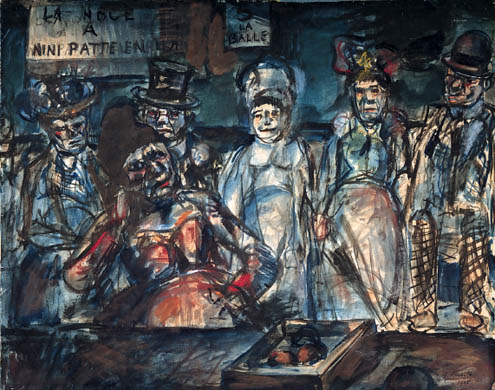
Georges Rouault (French, 1871-1958), Slaughter, 1905, watercolor, gouache and India ink on paper, 52 x 66.3 cm, Georges Pompidou Center, Paris.
“The Rev Dr Ian Paisley, who seemed statesmanlike a few years ago in deciding to share power with Sinn Fein, demonstrated against the Pope in Scotland this week and showed that he has not mellowed as much as we had thought. There he was, the Paisley of old, out on the street and protesting against Benedict XVI, as he had done against several of his predecessors. A BBC commentator said, sarcastically but rightly, that a Papal visit would not be the same without a protest from Dr Paisley.”
Though now ranked high among the masters of the modern movement, throughout his long life he belonged to no school and went his own way, painting the few subjects that interested him: judges,clowns, prostitutes, the Christ; and pursuing with a single minded devotion his own ideal, an artist, in James Thrall Soby’s phrase, “with a limited vision and unlimited ferocity.” His highly individualistic work is essentially unclassifiable; unique. He was not only a painter of religious subjects, but infused into everything he did a deeply, even passionate Christian spirit. It was his friend Suarés, who gave him the title “the monk of modern art”. A painter of the foremost class, he ranks with Picasso and Matisse among the greats; according to Seamus L. Gaffney, Rouault is above all modern painters because of his greater consistency in outlook, style and expression.
The full measure of his fame did not come to him quickly. For many years the public, and even his friends and orginal admirers, like the ardent Catholic writer Léon Bloy, misunderstood him and ridiculed him for his “dark pigments” , and his preoccupation with what seemed to them the sordid and the ugly. “You have,” Bloy wrote him after one exhibition, ” a vertigo of hideousness… A man of prayer… could not paint these horrible canvases.” He was in fact a man of intense, uncomplicated faith, and it was such a faith that sought and found expression in the somber intensity, the massive and brutal solidity, of his religious paintings, especially those on the theme of the Passion.
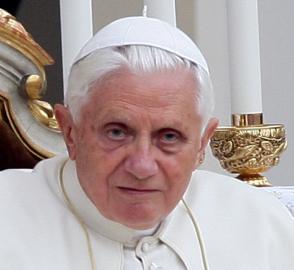
"...the Catholic Church is facing a £2.6m shortfall in donations needed to pay for the visit. The Church officially needs to raise £7m to pay for the pastoral elements of Pope Benedict's state visit although sources involved in organising the trip have said the final bill will be closer to £8m. So far the Catholic Church in England, Wales and Scotland has raised just £5.1m, with the vast majority — £4m — coming from wealthy private and corporate donors. Just £1.1m has been given through individual collections at Mass – the equivalent of £1.27 for each regular mass-going Catholic."
“…There was something sadly predictable also about the attitude of the Presbyterian Church to the Pope’s visit. As everyone in the church knows, there is a rightwing rump which also takes every opportunity to denounce Roman Catholicism. At one time I used to think that these protesters belonged to the theological backwoods of Northern Ireland where the sun of Christian tolerance never shines, but I fear that they may also have representatives in the more fashionable pews of Belfast and the larger population centres.” ( Alf McCreary )
A number of critics have remarked on the similarity between Rouault’s paintings and stained glass, and on his closer kinship to tghe religious artists of the twelfth or thirteenth century than to those of his own time. “My real life,” Rouault said, “is back in the age of the cathedrals.” It was an accurate self-estimate. Perhaps the fact that in his youth he was apprenticed to a stain glass maker had something to do in Rouault’s later years with his matching of glowing, glasslike colors, and his use of heavy, leaded outlines.

"Lord Bannside said: “I don’t want his (the pope’s) blessing and I will be keeping as far away as I can. “Why? Because the whole thing is nonsense.” Lord Bannside addressed followers on the corner of Grassmarket and Cowgate, the location of the martydom of a number of Scottish Protestants. He told onlookers: “We’re here today on very solemn and serious matters. “I’ve just seen the statement that has been issued by th
man Catholic Church about this visit and we are told that if we go to this mass..."Rouault did, however, study at the Ecole des Beaux-Arts under Gustave Moreau, whose foremost pupil he became and whose memory he was always, despite the contrasts between them, to revere. Moreau was a late romantic who luxuriated in exactly the profusion of detail that Rouault was to reject, and to whom religion was a useful source of mystery and inspiration rather than, as it became for Rouault, virtually the summing up of human experience and emotion.
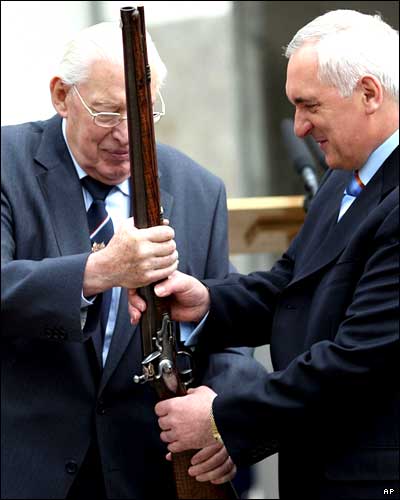
"...here today then we will have a shortened purgatory and our sins will be forgiven – £25 and you’ll get out of purgatory quicker. “Now there’s no such a place as purgatory, so that’s a farce from the very beginning. “Secondly, no man can forgive sins but God only.” He added: “I believe in gospel without money and without price.” Lord Bannside later defended his decision to hold a protest. He told reporters: “I believe in freedom. I wouldn’t be muzzled by anybody. I believe there has to be civil and religious liberty and there should be full debate on these things. “I resent the fact that this state visit to Scotland was never discussed in the House of Commons. It was never dealt with within a democratic way.”
On the one hand, I admit it is impossible to look at some of the pope’s critics and not detect a whiff of ancient prejudices. Richard Dawkins, the evolutionary biologist and militant atheist, does not just criticise the Vatican’s (shameful) handling of clerical child abuse over the years. He writes that the pope is a “leering old villain in a frock”, whose conservativism is, however, perfectly suited to destroying his “evil” church from within. Thus, says Mr Dawkins, the pope:
“should remain in charge of the whole rotten edifice – the whole profiteering, woman-fearing, guilt-gorging, truth-hating, child-raping institution – while it tumbles, amid a stench of incense and a rain of tourist-kitsch sacred hearts and preposterously crowned virgins, about his ears.”
Rouault’s “descent into ugliness” was an escape from his dilemmas. he had to come out from behind the shadow cast by Moreau, and cast from behind Moreau by the towering Rembrandt; and at the same time he had to invent a vocabulary of belief in an increasingly unbelieving age. Even a believer like Léon Bloy, who wanted every painting to end in a prayer, would have preferred him to paint undisturbing angels, but that was not to be Rouault’s fate.
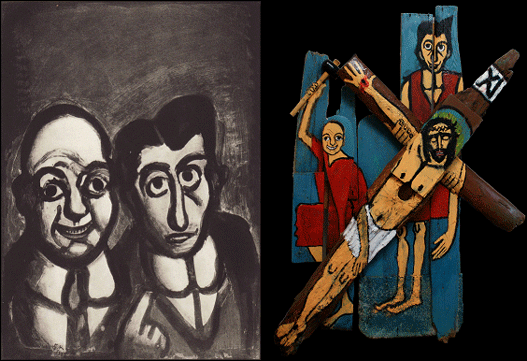
"Rouault originally created the drawings that make up Miserere during World War I, but for various reasons their publication was delayed until 1947. The series speaks powerfully of human suffering and betrayal, and includes a number of images of the suffering Christ, juxtaposed with images of suffering humanity: corrupt judges and politicians, fools, prostitutes and prisoners. “Form, colour, harmony… oasis or mirage for the eyes, the heart, or the spirit,” wrote Rouault in his preface to the volume; “Jesus on the cross will tell you better than I.”
“Anyone can revolt. It is more difficult silently to obey our own inner promptings, and to spend our lives finding sincere and fitting means of expression for our temperament and our gifts….For me, painting is a way to forget life. It is a cry in the night, a strangled laugh…. My ambition is to be able to someday paint a Christ so moving that those who see Him will be converted.” — Georges Rouault
First and last, for him the central concerns were sin and redemption, and on them his eye rested with the unwavering gaze of a characteristically French conviction: austere, Jansenist, almost cruel in its certainties. “He was familiar with anguish,” wrote Lionello Venturi, “but not with doubt.” In his clowns he painted the grotesque made lovable; even into his fallen women and monstrous judges he painted a certain natural grandeur; and always, as from his earliest days, he painted the sacred subjects, until the ones he returned to again and again, like the Crucifixion, grew in force and monumentality beyond anything achieved in religious art for many years before him.

Maritain:" The image of the Cruxifixion, the 'capital sign of Christianity,' has been freed by him from that academicism to which it seemed condemned for two centuries."
aThe book “Passion” was the occasion of Rouault’s greatest work. He close association with the publisher Vollard was a mixed blessing, since Vollard, who had already organized ground breaking exhibits for Cezanne, Picasso and matisse, had a consuming ambition to become the world’s greatest publisher of fine prints and illustrated books, and to this end drew heavily on Rouault’s time and talent as a graphic artist. Vollard was a perfectionist, publication was slow, and the relationship of painter to publisher was tempestuous; Rouault described it as “a barbed wire entanglement.” But the results justified the effort. Vollard said of the limited edition of “Passion” when it finally appeared, “No one has ever made such books, and no one ever will again.”
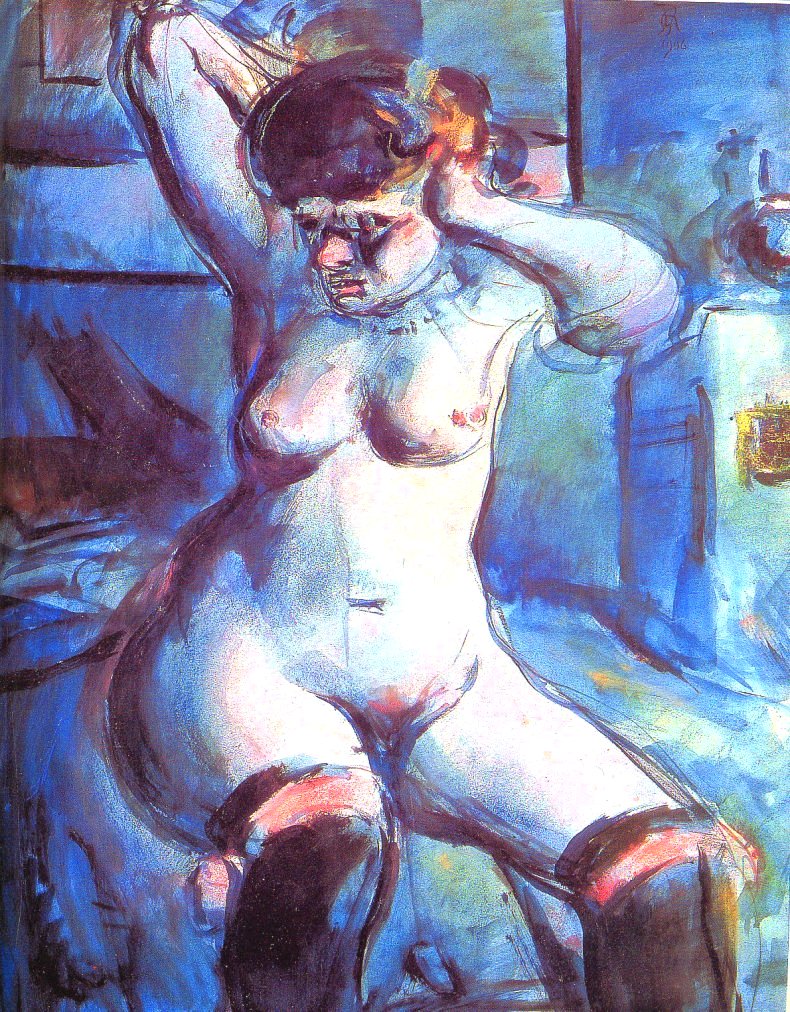
"Rouault’s drawings are dark, intense, emotional, thoroughly modern and thoroughly Catholic. Art critic Anthony Blunt wrote of Miserere, “That he is a fervent Catholic is obvious from some of his works and certainly deducible from all of them, even from the least evidently religious. But he is a Catholic reacting to the peculiar conditions of the 20th century…."
“Passion consists of Rouault’s illustrations to a text by the poet and intellectual André Suares. it does not, as is apparent from the paintings, follow strictly the biblical narrative but is, rather, a set of impressionistic meditations and variations on the theme of the crucifixion. It is written in the often obscure language of French devout but avant-garde literature, which is far closer to poetry than to prose.

Maritain:" In the scenes of the Passion, the imprint of Christ's face on Veronica's veil , which Rouault never tires of depicting, seems to mean for him the imprint of divine mercy on human art..."
The narrative of Rouault, is again part of the parley and struggle between the forces of different strands of humanism, and that of Christianity and the power and intensity of faith. With Rouault, and his near obsession with the Passion, the place of death between these two competing and exclusive views becomes most apparent. The crucifixion for Rouault is also a metaphor for the death of Christianity and its personal anguish and suffering as felt by Rouault. His worked crossed the two world wars, which saw the erosion of the Christian basis of Western culture, an erosion with deep historical causes and clearly visible results. Rouault was also a first hand witness, at ground zero, of the failure of optimistic humanism to provide an effective alternative in the leadership of the post-Christian culture. Finally, he saw the failure of his generation’s counter culture, the intellectual elite of Sartre, Camus, Derrida etc. to demonstrate a credible alternative to either of the other two — Western Christianity and humanism.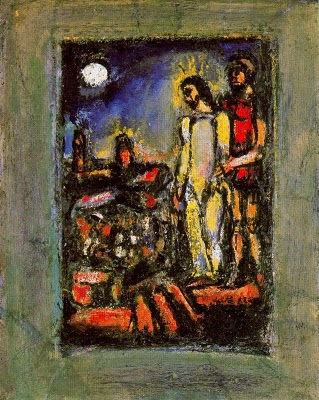
To Rouault, what was at stake was nothing less than the direction of Western man. During his time, the dismissal of Christianity was held to be a prerequisite for cultural advance. The decline of Christianity thus represented a cure for man’s problems, not a cause. So with the dawning of optimistic humanism the decline of Christianity was welcomed. Its adherents would be the only losers. But that was yesterday. And contemporary yesterdays have a habit of suddenly seeming a hundred years ago. Today the cultural memory of traditional values hangs precariously like tenacious autumn leaves and in the appraoching wintry bleakness, humanistic optimism itself is like dirty grey snow. The nexus Rouault saw appeared to be that all of Western culture may be the loser. Not much has changed.
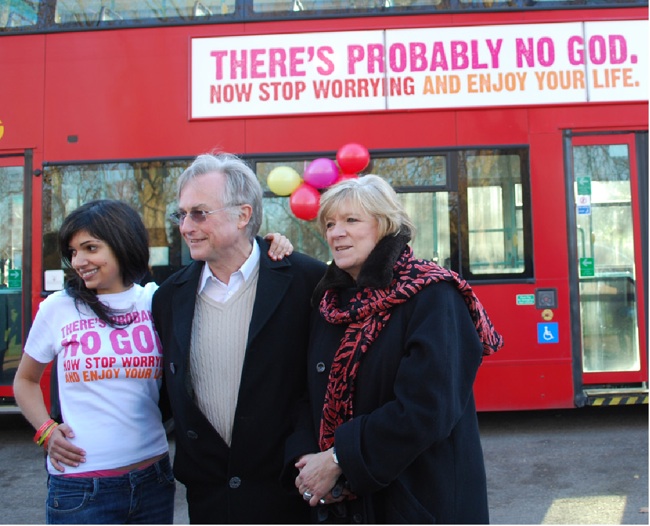
BBC:Organisers of the protest say 20,000 people took part in the rally; however, police say they are unable to confirm this figure. The march proceeded from Hyde Park Corner through central London to Whitehall where a rally was held with speakers including gay rights activist Peter Tatchell. The event took place as Catholics gathered in Hyde Park for an evening prayer vigil led by the Pope. Among the protesters was comedian Al Murray. He said: "Like a lot of people I am a perplexed that it is a state visit. "The Pope's opposition to condoms kills people. It is all very well him lecturing us on morals but he should look at his own organisation's view." Speakers at the rally included the human rights lawyer Geoffrey Robertson and atheist scientist and author of The God Delusion, Richard Dawkins.
Its a bit of a judgment call, even a snap decision, but it is difficult to avoid the strong suspicion that optimistic humanism gained its high view of man only by pinching elements from its Christian cultural heritage that had grown cozy and smug in a form of hermetic orthodoxy. Thomas Huxley is reported to have sung hymns on Sunday nights with his agnostic friends whenever he was feeling his own private melancholy.It is a heavy irony of history that waning Victorian Christianity should have lost the struggle against humanism but succeeded in imposing on its enemies its own smug ethics. Beyond the waning of Christianity’s own beliefs these ethics not only lingered but have been elevated into principle.
Borrowing from Christianity a high view of man, optimistic humanism, like idealistic Marxism, is really a Christian heresy. Marxism, whatever it proclaims in propaganda and ideology, betrays the value of man in practice for it elevates the state as an absolute over the individual. Optimistic humanism does the same with its stress on aspirations but silence concerning alienations. But time alone will show whether genuine moral solvency is possible for the humanists or whether they are just living parasitically on past reserves.
Contemporary society has a tendency to confront death by escaping into romanticism, rather than the brutal and honest liberation Rouault felt. It was once a common idea that when the Christian views of death, dying and the afterlife were removed, there could be a new, free, pragmatic, almost casual approach to death, one releasing man from the fear of non-being. The reverse is the case, partially because of the aggravation of post-modern social problems and the addition of the Eastern concepts of reincarnation, but especially because men cannot escape the fear of non-being.
Secular man now has an even greater fear of death and non-being. The gross commercialization of grief and dying is only the flip side of the fear of death; the fear is hiding itself in an extreme romanticism, laying men open to manipulation. Forest Lawn in Los Angeles is one expression of his; Evelyn Waugh’s The Loved One was one of the first to expose this in literature. The irony is striking: Contemporary humanity has constantly mocked the Victorians for treating sex and the origins of life as taboo; now they themselves view death and the end of life as taboo. Death is a form of modern pornography which no freedom from censorship can remove.
“A man cannot have the energy to produce good art without having the energy to wish to pass beyond it. A small artist is content with art; a great artist is content with nothing except everything.”
G.K. Chesterton
Heretics


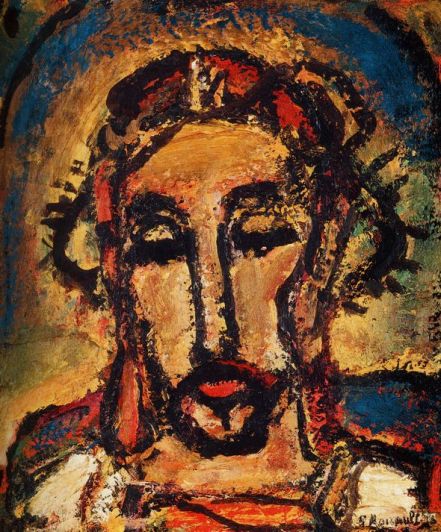
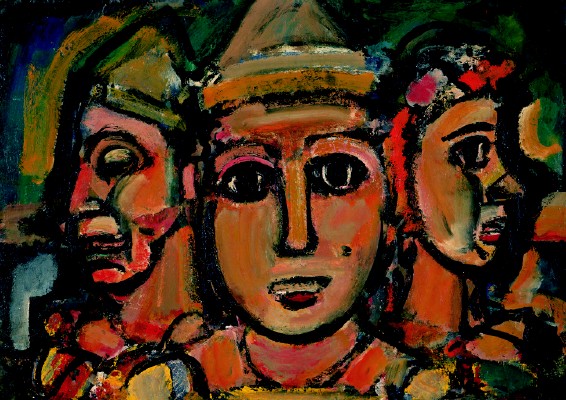
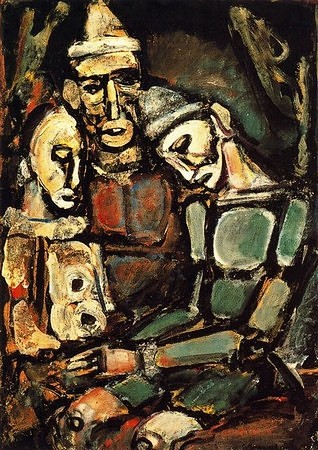



 COMMENTS
COMMENTS
¡Brilliant speech! that of Richard Dawkins.
thanks for reading. he defends his position very well.
Hi David –
Excellent read……
The Loved one is one of my all time favorite movies. I thought Jonathan Winters was brilliant in it…
Thanks for posting this.
Rich
Thanks Rich! i don’t know why , but I lately have had an affinity for Waugh and G.K. Chesterton; i guess for their take on humanism per se; a counterweight to the seduction of atheism I imagine. Best